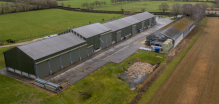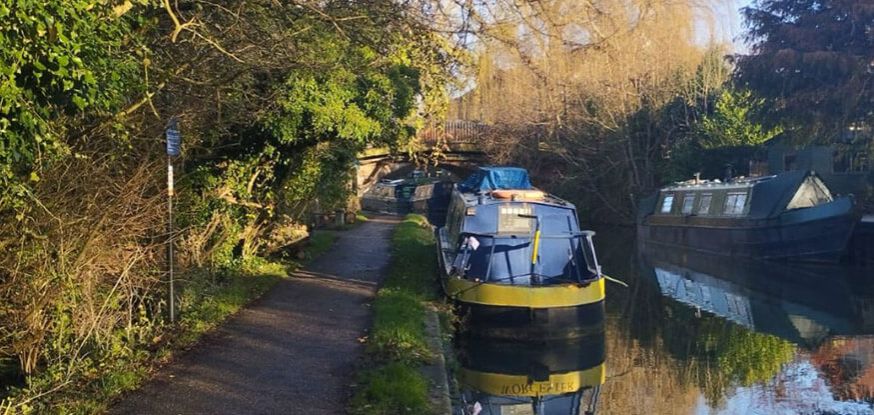Funded by a £193,000 grant from the United Kingdom’s annual Air Quality Grant program, the program will install three eco-mooring bollards at the Aristotle Lane visitor moorings to provide electrical power infrastructure. These bollards aim to provide visiting boaters clean alternatives to diesel engines, generators, and wood burners.
Oxford’s waterways are home to an estimated 200 boaters living on the rivers and canals, with half being visiting boaters.
However, the lack of electrical power access, particularly for short-stay moorings, forces boaters to run diesel engines for their batteries and burn wood or coal to heat their houseboats.
Key Features of the Eco-Moorings
The new eco-moorings will consist of three electric pillars, each equipped with two sockets, enabling up to six visiting boaters to connect to the grid simultaneously.
The electric infrastructure will feature a wide range of capacities, including five 16A sockets and one 32A socket to support e-boat charging, with all sockets designed for future upgrades to 32A.
The eco-mooring initiative builds on the council’s existing Air Quality Action Plan and draws inspiration from successful projects in Islington and Camden.
With the installation expected to be completed by the end of February 2025, Oxford’s strategic project demonstrates a significant move towards decarbonizing waterways in the city to address air quality inequalities.


















